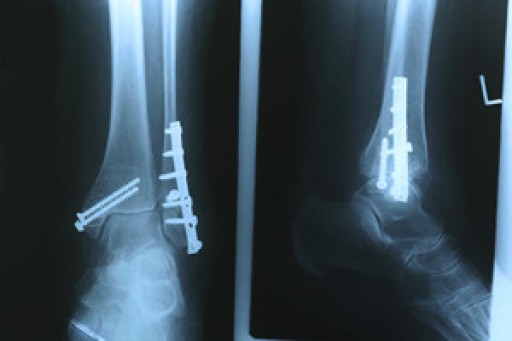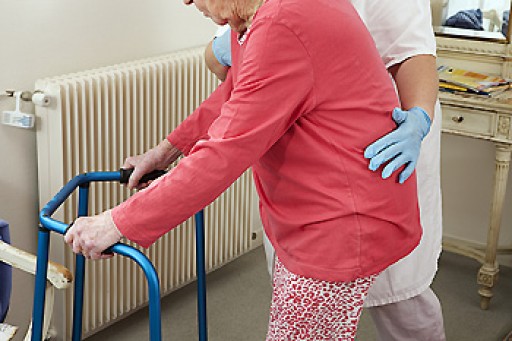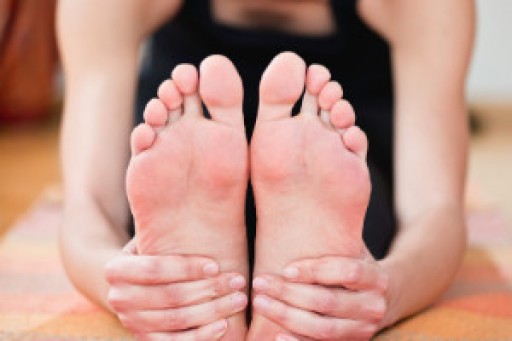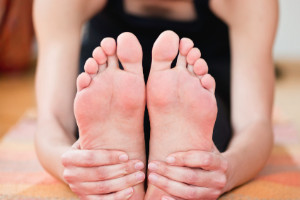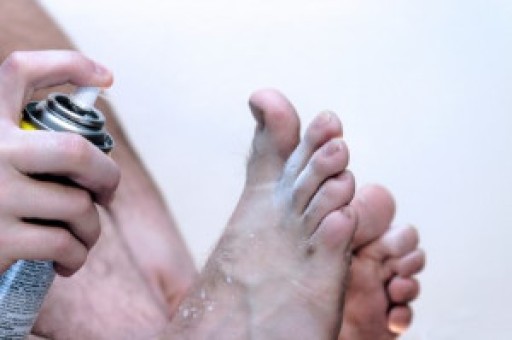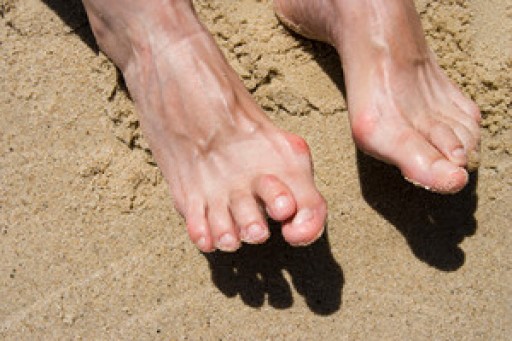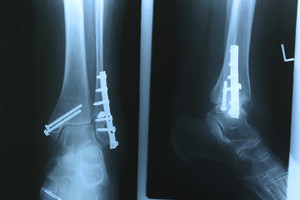 The foot is made up of 26 bones. When tiny cracks form in the bones, a stress fracture develops, which is typically brought upon by repetitive force or overuse. Some common causes for this condition include walking or running on uneven surfaces, sudden movements that place the feet in unnatural positions, and repeatedly jumping up or down. With that being said, it’s very common for athletes to develop stress fracture, as they often participate in activities that involve the movements listed above. Systemic conditions such as osteoporosis, may also affect the likelihood of developing a stress fracture as this condition may weaken the bones. For more information on how to treat this condition, it’s suggested that you seek the professional advice of a podiatrist.
The foot is made up of 26 bones. When tiny cracks form in the bones, a stress fracture develops, which is typically brought upon by repetitive force or overuse. Some common causes for this condition include walking or running on uneven surfaces, sudden movements that place the feet in unnatural positions, and repeatedly jumping up or down. With that being said, it’s very common for athletes to develop stress fracture, as they often participate in activities that involve the movements listed above. Systemic conditions such as osteoporosis, may also affect the likelihood of developing a stress fracture as this condition may weaken the bones. For more information on how to treat this condition, it’s suggested that you seek the professional advice of a podiatrist.
Stress fractures occur when there is a tiny crack within a bone. To learn more, contact one of our podiatrists from Foot Health Center of Merrimack Valley. Our doctors can provide the care you need to keep you pain free and on your feet.
How Are They Caused?
Stress fractures are the result of repetitive force being placed on the bone. Since the lower leg and feet often carry most of the body’s weight, stress fractures are likely to occur in these areas. If you rush into a new exercise, you are more likely to develop a stress fracture since you are starting too much, too soon. Pain resulting from stress fractures may go unnoticed at first, however it may start to worsen over time.
Risk Factors
- Gender – They are more commonly found in women compared to men.
- Foot Problems – People with unusual arches in their feet are more likely to develop stress fractures.
- Certain Sports – Dancers, gymnasts, tennis players, runners, and basketball players are more likely to develop stress fractures.
- Lack of Nutrients – A lack of vitamin D and calcium may weaken the bones and make you more prone to stress fractures
- Weak Bones – Osteoporosis can weaken the bones therefore resulting in stress fractures
Stress fractures do not always heal properly, so it is important that you seek help from a podiatrist if you suspect you may have one. Ignoring your stress fracture may cause it to worsen, and you may develop chronic pain as well as additional fractures.
If you have any questions, please feel free to contact one of our offices located in North Andover, and Tewksbury, MA . We offer the newest diagnostic and treatment technologies for all your foot care needs.

